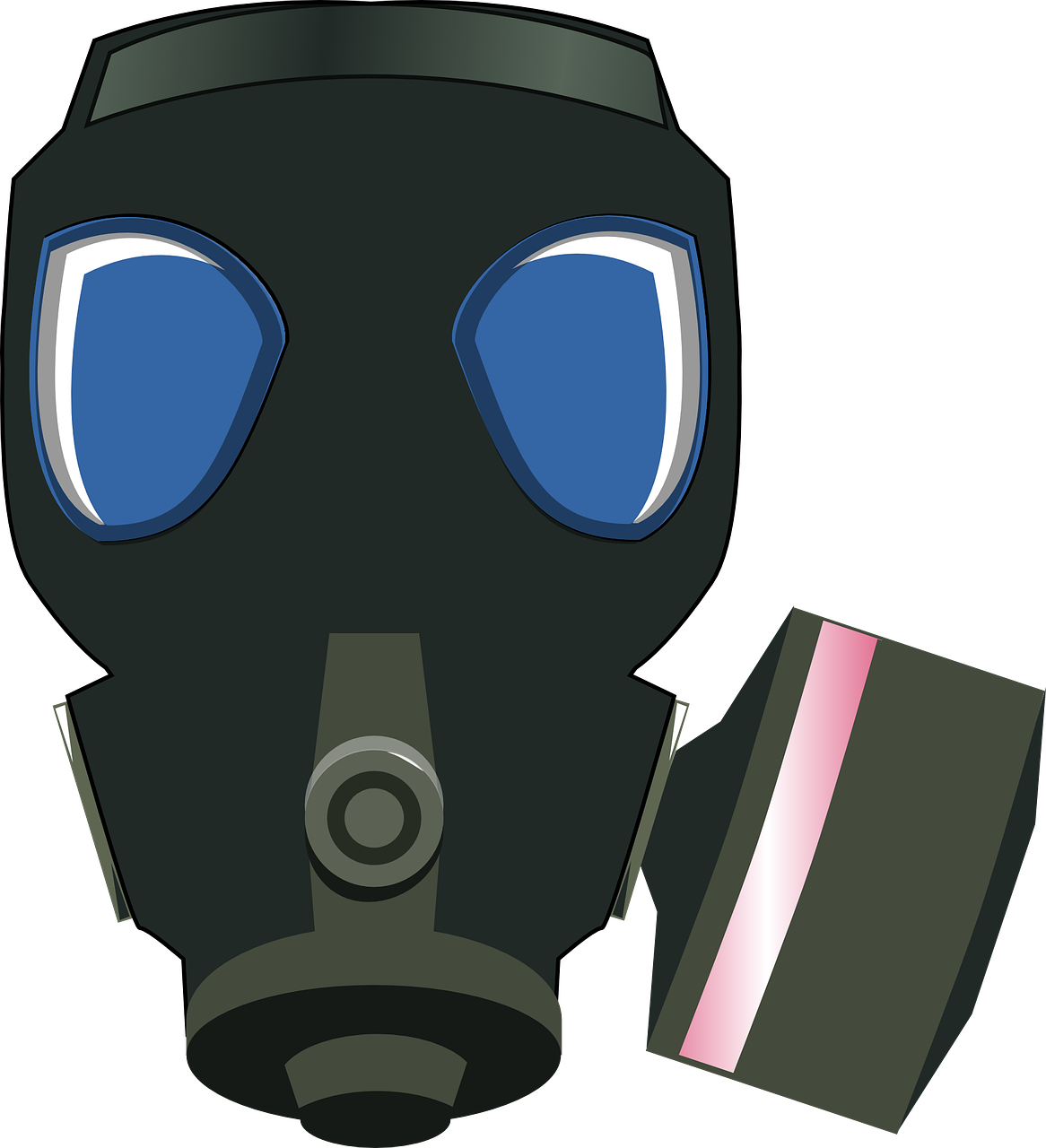
Over the past decade, the phenomenon of dwindling bee populations known as “Colony Collapse Disorder” has been threatening the supply of many of the world’s crops. Honeybee colonies have been dying off at a rate that is twice as high as economically tolerable according to beekeepers. The widespread destruction of honeybees and wild bees is significant because they are the largest source of pollination for some of the most widely consumed fruits and vegetables. Ninety percent of our global food sources is supplied by 100 crop species- 70 of these crops are pollinated by bees. Beekeepers estimate that they have lost 30% of all honeybee colonies since 2007 across the United States, and the average rate of loss for bees in Canada and Europe is only slightly more favorable.
In California, the shrinking bee population has wreaked havoc on agriculture and farming, and threatened the availability of certain foods. The production of almonds, strawberries, apples, peaches, alfalfa, beans and other key produce grown in California has been effected. The destruction of the bee population is a result of several factors, but the most significant is the widespread use of insecticides and herbicides.
Overall, the number of pollen and nectar sources for bees have diminished due to the overuse of herbicides that destroy flowering plants. When bees do locate a source for pollination, those plants are often tainted with insecticides that ultimately destroy the bees or lead to serious health problems. One type of insecticide, called the neonicotinoids or neonics, is particularly dangerous to bees because the active toxic substance is transmitted into the pollen and nectar of flowering plants. Neonics are known to be 6,000 times more toxic to bees than DDT. Even tiny amounts of neonics have proven to be devastating to bees. Anecdotal evidence of the effect of neonics is alarming. One California farmer reported that after planting corn seeds treated with neonics, 37 million of his bees quickly died.
Another possible explanation for the dwindling bee population is the presence of destructive parasites, which weaken the bees and make them predisposed to viruses. Scientists have also surmised that widespread damage to the bee’s habitat has made it difficult for them to thrive.
Contact Shane Coons at 949-333-0900 or visit his website at www.ShaneCoonsLaw.com to find out more about his practice.
